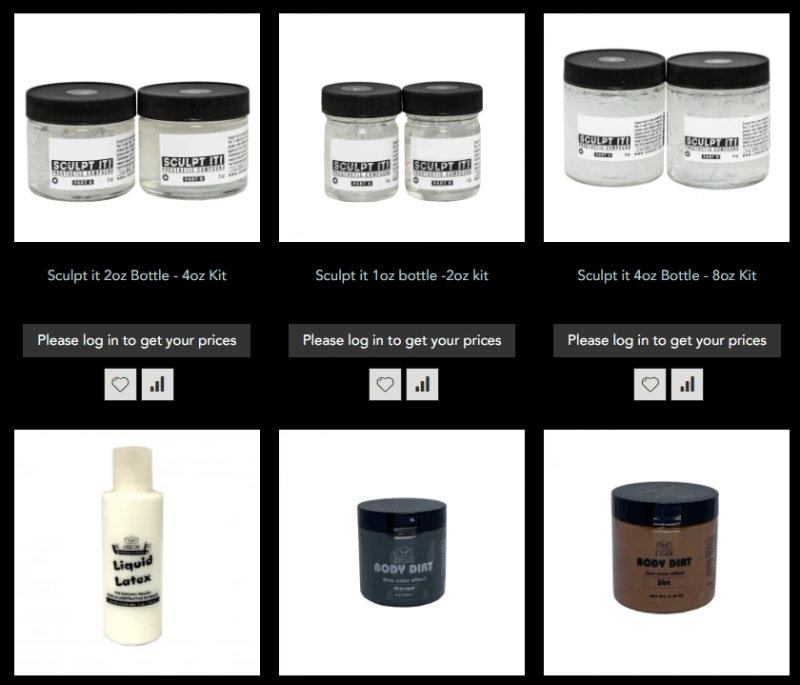Understanding the distinction between regular and special effects (SFX) makeup supplies is essential for anyone delving into the art of makeup, whether for professional purposes, theatrical performances, or personal interest in costume design. While both types share the fundamental goal of enhancing or altering appearances, the techniques, products, and outcomes associated with each are distinctly different.
Regular Makeup Supplies
Regular makeup encompasses a wide range of beauty products designed for everyday use, aiming to enhance natural features, conceal imperfections, or simply highlight one\'s beauty. This category includes items such as foundation, mascara, eyeliner, lipstick, blush, and eyeshadow. Regular makeup supplies are formulated for long wear, ease of application, and compatibility with various skin types. The primary focus is on achieving a more polished, attractive look suitable for day-to-day activities, professional settings, or evening events.
Products in the regular makeup category are often designed with skin health in mind, incorporating ingredients that offer benefits like hydration, sun protection, and non-comedogenic properties to avoid clogging pores. The techniques used in applying regular makeup emphasize blending, contouring, and highlighting to create a seamless, natural, or glamorous appearance.
Special Effects Makeup Supplies
On the other hand, special effects makeup supplies are a realm of their own, designed to create dramatic, fantastical, or realistic alterations to the appearance. SFX makeup is widely used in theater, film, television, and entertainment industries to transform actors into characters that might require aging, injuries, fantastical creatures, or otherworldly beings. The products and materials used in SFX makeup can include prosthetics, latex, gelatin, silicone, fake blood, face paint, and more.
Special effects makeup techniques are vastly different from regular makeup application. They can involve sculpting, molding, casting, and painting to achieve the desired effect. These techniques require a deep understanding of anatomy, color theory, and the properties of different materials to create believable textures and finishes that stand up to high-definition cameras and the critical eye of live audiences.
Key Differences
- Purpose and Use: Regular makeup aims to beautify and enhance, while SFX makeup is about transformation and storytelling, often defying natural aesthetics for creative expression or narrative requirements.
- Materials and Ingredients: The materials used in SFX makeup are more diverse and can include items not found in traditional beauty makeup, such as liquid latex, alcohol-activated paints, and silicone-based products for prosthetics.
- Techniques: SFX makeup requires a range of specialized techniques like casting, sculpting, and applying prosthetics, contrasting with the blending, shading, and contouring techniques of regular makeup.
- Durability and Resistance: SFX makeup products are often designed to be more durable, resistant to sweat, water, and smudging, necessary for long hours on set or stage performances.
- Safety and Removal: Given the complexity and the nature of the materials used, SFX makeup often requires specific removers and solvents to safely and effectively remove products from the skin, unlike regular makeup, which can typically be removed with gentle cleansing products.
In conclusion, while both regular and special effects makeup supplies serve the broader purpose of altering appearances, they cater to vastly different needs, techniques, and outcomes. Understanding these differences is crucial for anyone looking to explore or work within the expansive world of makeup artistry. Whether enhancing natural beauty or creating fantastical transformations, the art of makeup holds endless possibilities for creative expression.



